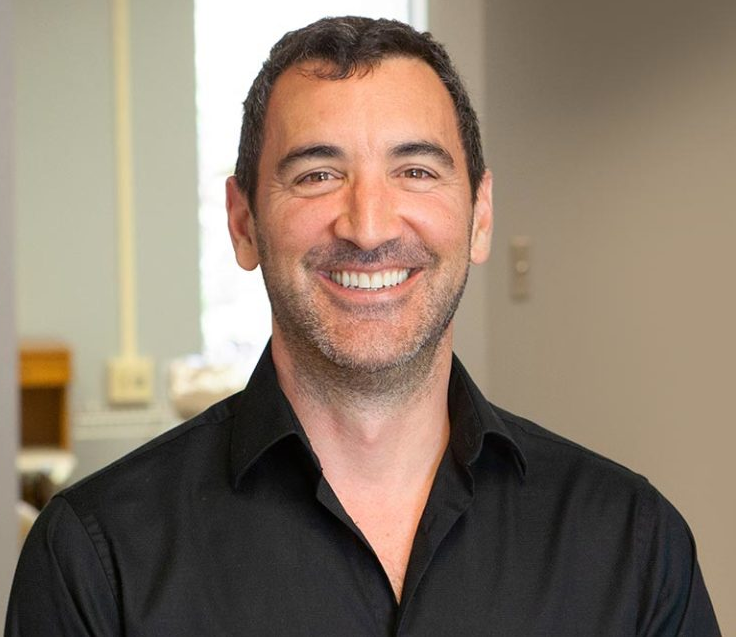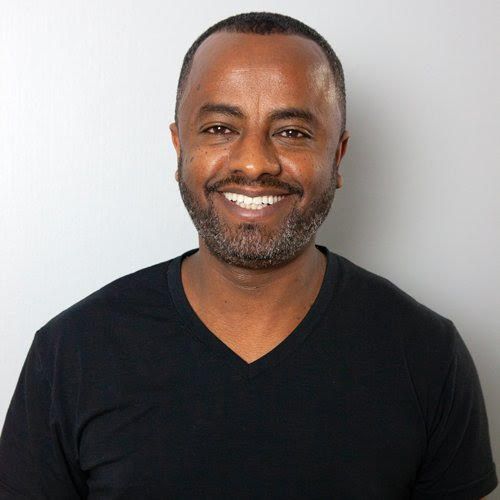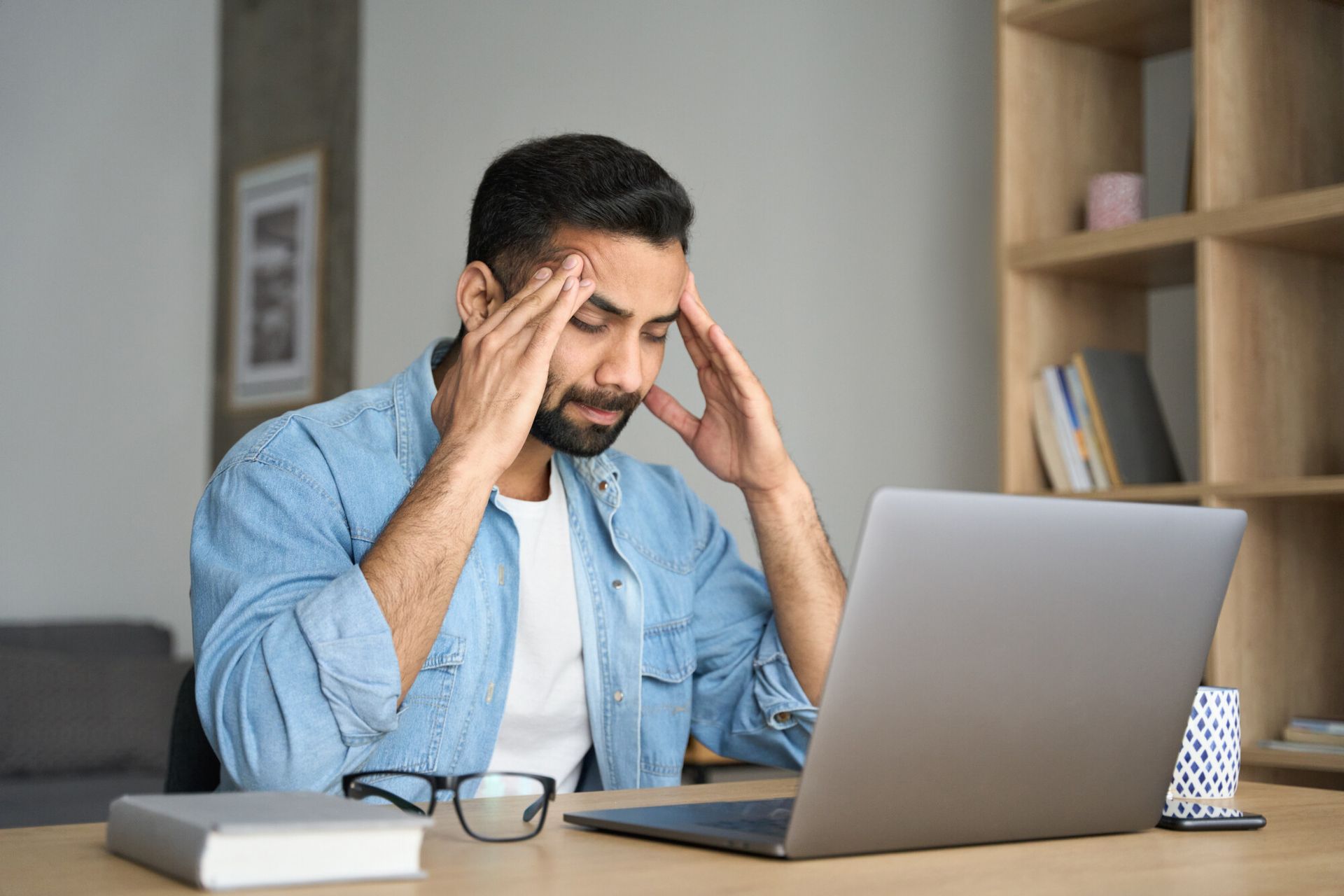TMD vs Ear Infection: What's the Difference?
Due to pain in similar areas, TMD conditions and ear infections are often confused for each other. Learn how to identify the difference here.

Temporomandibular joint dysfunction (TMD), also called TMJ, is a very common, yet complicated condition that affects millions of adults across the U.S. It's a tricky condition to diagnose simply because it has a number of overlapping symptoms with other conditions--the most common of which is ear infections.
In fact, more than 80 percent of TMD sufferers report ear pain as a major symptom. For this very reason, TMD also carries the nickname ''the great imposter'' because of how its symptoms mimic others.
This is where an experienced dentist in Burke, VA, can help you determine the root cause behind your incessant jaw or ear pain. Is it TMD? Is it an ear infection? Here's how to tell the difference.
A Note on Ear Infections in Adults
It's important to highlight the fact that ear infections among adults are actually quite uncommon. They are, however, common among children. When a child contracts a viral infection, such as a cold, this can easily spread to the middle ear, causing an infection.
They're far more common in children because of their underdeveloped, narrow ear passages, as well as their susceptibility to contracting illnesses. As an adult, your ear passageways and immune system develop and become resilient to numerous illnesses.
More often than not, you might develop an ear infection after having a cold, the flu, or allergies. But this occurrence is pretty rare.
Overlapping Symptoms and How to Tell the Difference
Ear infection pain is similar to the discomfort you feel when you have a jaw disorder, such as TMJ. Basically, when the middle ear becomes clogged and infected, you can experience these symptoms:
- Persistent ear ache
- Tinnitus--ringing in your ears
- Poor hearing
- Recurring headaches
- Your ear might feel full and swollen
The reality is that these symptoms tend to overlap with TMD. However, there are clear differences between the two. Here's how you'll know you definitely have an ear infection:
- You were recently ill with a cold, the flu, or a chest infection
- You have a fever
- Your ear might feel warm to the touch
- Your ear is producing discharge--either from the outer ear or the Eustachian tube
If you have any of these symptoms, it's important that you visit your doctor, and not a dentist, as you most likely have an infection that could require antibiotics. Here are the common signs of TMD:
- Your symptoms don't resolve on their own (after a few days)
- If you're prescribed antibiotics, your symptoms will not respond, only persist
- Your symptoms flare up after intense jaw activity, i.e. chewing something hard, speaking for long periods, etc.
- You're experiencing other TMD symptoms such as headaches, lockjaw, face sensitivity, tooth sensitivity, jaw stiffness, and more
The bottom line is that ear infections are often viral. This means that they can resolve on their own. In cases of bacterial infection, you might need an antibiotic to clear it up. If you suspect that your ear pain actually relates to a jaw disorder, such as TMD, it's time to visit a dentist.
Diagnosing and Treating TMD
TMD is a complicated condition because it can result from many different things and present differently for each person. The condition itself results from strain on the jaw joints, surrounding muscles, and ligaments. Some common causes include injury to the jaw, Bruxism (teeth grinding), arthritis in the jaw joint, improper bite, stress, and more.
Here's how your dentist will diagnose TMJ:
- You'll need to visit your dentist for a physical checkup
- They'll observe the range of motion of your jaw
- Your dentist will press on your jaw and face to identify trigger points of pain
- They'll also feel around your jaw as you open and close your mouth
Not only this, but they'll discuss your symptoms with you and most likely conduct an imaging test, such as an X-ray or CT scan. In some cases, you might need an MRI or a TMJ arthroscopy.
What Does Treatment for TMJ Pain Look Like?
This depends on your level of discomfort and the root cause of your TMD condition. Your dentist will most likely treat your case of TMJ with several non-invasive options, first. Most of the time this includes medications such as pain relief, nonsteroidal anti-inflammatory drugs, or muscle relaxers.
Your dentist might recommend a combination of treatment options, along with medication, such as:
- Physical therapy--TMJ exercises to stretch and strengthen the jaw muscles
- Trigger point injections--this might include dry needling in the jaw joint, corticosteroid injections, or botulinum toxin injections
- Prescribing a mouth guard--this helps to place your jaw in a better position to reduce instances of teeth grinding or clenching
- Ultrasound therapy--your dentist aims to relieve pain and tension through the use of sound waves and heat to promote blood flow to the area
- TENS therapy--your dentist uses low-level electrical currents to relax the jaw muscles, offering pain relief
These are just a few of the most popular and effective non-invasive treatment options for TMD. However, if you do not find relief from these treatments, you might need to consider TMJ jaw surgery.
While these procedures are not always necessary, they might be if your case is severe and you have trouble opening and closing your mouth. Your dentist will always conduct a thorough assessment before recommending this route, though.
Looking for a TMD Dentist in Burke, VA?
If you're struggling with persistent jaw pain, the good news is that there are plenty of options to find relief. The key to resolving any type of jaw dysfunction you have is to find the right dentist, with the right experience, first.
Our team of dentists offers the knowledge, expertise, and reputation to help you find relief from your TMJ pain.
Get in touch with us today to schedule a checkup and together we can formulate the best treatment plan.












